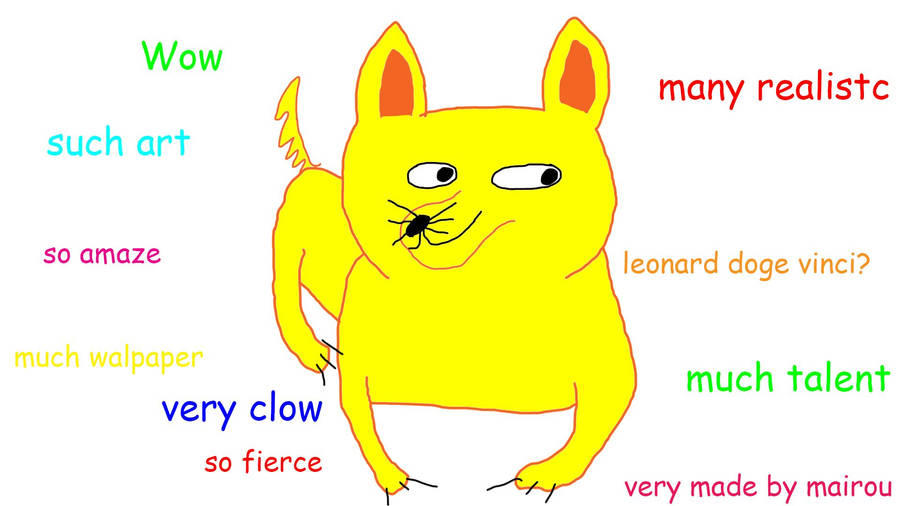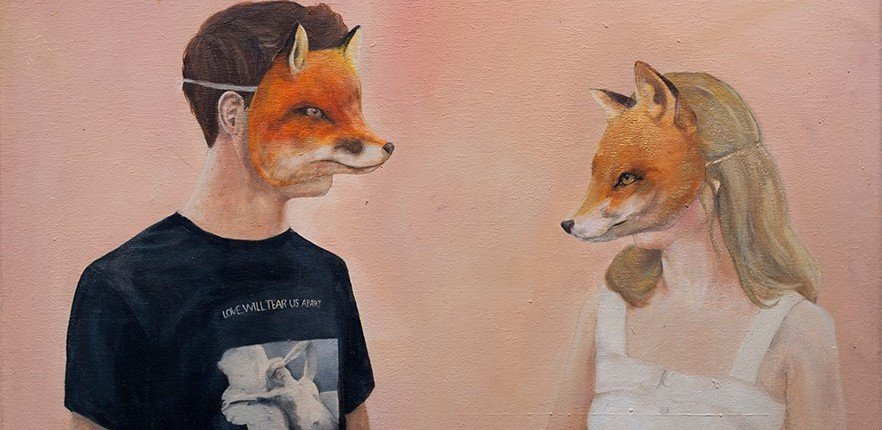Blogs, Syndicated
Co-learning and Inclusion
by nathansandoval89 •
You have value. You have worth. You have a voice; an expressive power that stems from your unique experiences. Share your voice.
The internet gives a voice to those who were once silent. It drives new and creative ways to communicate.

when you talk in a classroom that sponsors co-learning
I recently read “Pedagogy of the Oppressed” by Paulo Freire. In his book, Freire shows how communication and dialogue is essential to education, “Without dialogue there is no communication, and without communication there can be no true education” (Freire 74). He believes that, “the more active an attitude men and women take in regard to the exploration of their thematics, the more they deepen their critical awareness of reality and… take possession of that reality” (87). The more that I read his book, the more connections I began to draw to the internet and the responsibility that we have as educators to promote inclusive dialogue.
Freire discusses ways to combat oppressive action with cooperation, unity for liberation, organization, and cultural synthesis (149-161). We, as educators, must take a similar approach to integrating technology into the classroom. We need to address new ideas with the understanding that cooperation and dialogue will lead to a more productive method of teaching. We must stand unified in our goal of presenting knowledge in a way that is understood, and truly beneficial to the student. As more ideas are considered and discussed, we must remain organized in order to implement these ideas effectively. Most importantly students’ cultural and experiential contributions have value to co-learning within the classroom. We need to embrace an attitude of acceptance and inclusion in the rapidly developing realm of education.
Freire, Paolo. Pedagogy of the Oppressed. New York: The Continuum Publishing Company, 1993. Print.
Uncategorized
Design Learning
by kjaxon • • 0 Comments
I’ve been thinking a lot lately about designs for learning spaces. Found this TED talk by Emily Pilloton interesting so I thought I should share for those of you who are designing classes:
Blogs, Syndicated
Fixing the high school – Student Survey, Part 1
by laughingghost •
Grant,
As someone who has only recently left the the public education system your blog gave words to something I have had difficulty describing. Its been my goal for the last 3 years now to become a teacher solely to deal with this type of issue. When I started trying to become a teacher for some reason I had this mental impression that teachers just weren’t aware of how bad things are. The truth is they know it’s just that nobody has figured out how to fix it. The truth is that the people who could have given up trying to do more do than influence their little conner so they don’t have to deal idiot politicians and officials who create standards without knowing the first thing about the profession and then blaming teachers when their grand plan doesn’t work.
Originally posted on Granted, and...:
[lightly edited since the original posting to achieve greater clarity and to add links by request]
I recently had a pleasant back and forth with Michael Petrilli of the Fordham Institute on what ails the high school. He was reviewing the recent disconcerting NAEP results that once again show high school achievement is resistant to reform. On this he and I agree. But then he proposed some diagnoses, the latter of which I think is totally off base (an E D Hirsch diagnosis). I strongly agree with his conclusion: it’s high time we better understood the problem of the high school. (Hard to believe that after 30 years of reform that started with me working with Ted Sizer in the Coalition of Essential Schools, we still lack clear answers.) After going back and forth collegially, we agreed to do some walk-throughs together next school year.
Meanwhile, I can offer a fairly sobering…
View original 670 more words
